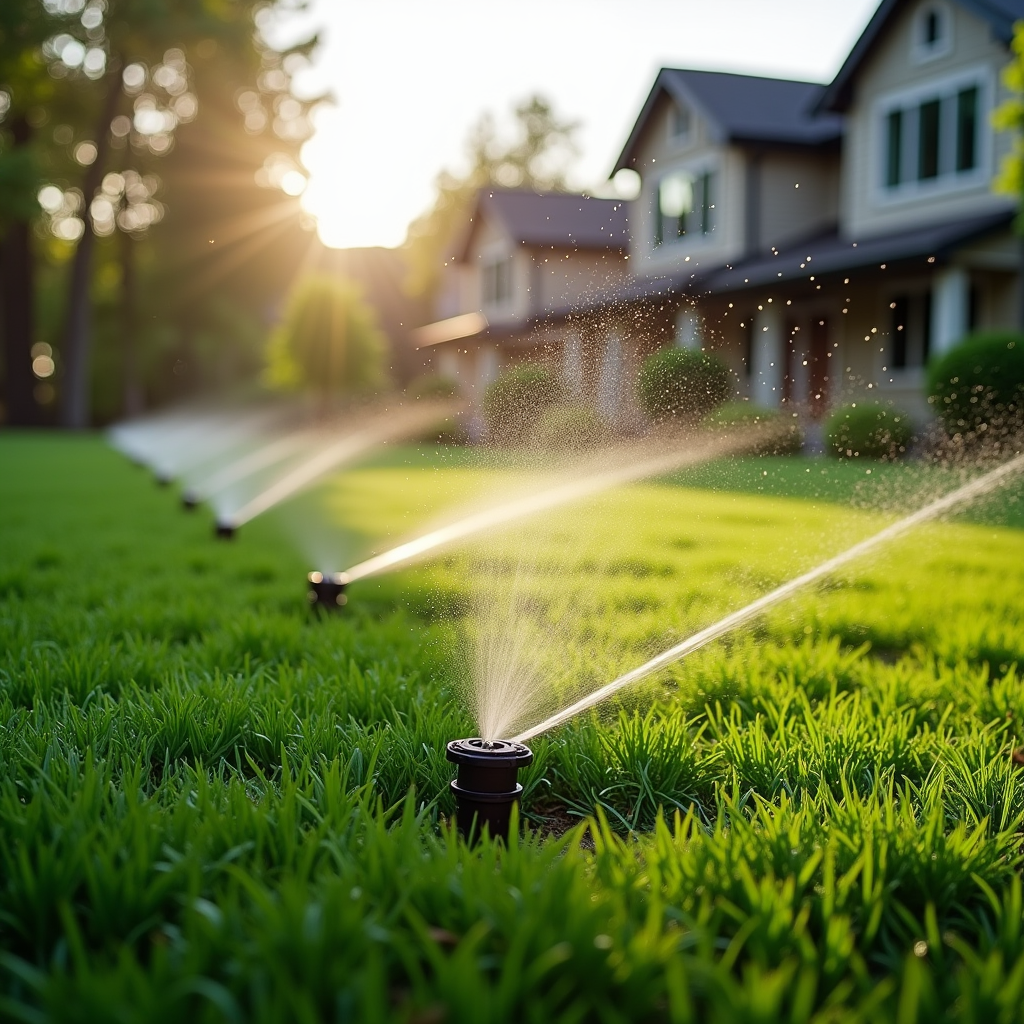Grass is more than just a green carpet underfoot. Understanding the lifecycle of grass and its impact on care can elevate your lawn game significantly. From soil preparation to mowing techniques, every stage plays a crucial role in enhancing your outdoor space. This article will guide you through the intricate lifecycle of grass, shedding light on how to optimize lawn care practices for a lush, thriving garden.
The Lifecycle of Grass: A Comprehensive Overview
What Is the Lifecycle of Grass?
The lifecycle of grass refers to the stages through which grass goes from seed to mature plant and beyond. It typically includes germination, establishment, maturity, and dormancy. Each stage requires specific care tailored to its needs.

1. Germination Phase: The Beginning of Life
Germination is the first step in the lifecycle of grass. When seeds receive adequate moisture, warmth, and oxygen, they begin to sprout. This phase usually lasts from 7 to 14 days, depending on species and environmental conditions.
Factors Affecting Germination
- Soil Temperature: Ideal temperatures range from 60°F to 75°F. Moisture Levels: Consistent moisture is crucial. Seed Quality: Fresh seeds have higher germination rates.
2. Establishment Phase: Roots Take Hold
Once germinated, grass enters the establishment phase where roots grow downwards and shoots emerge above ground. This phase is critical for overall plant health.
Caring for Young Grass
- Watering: Frequent but light watering encourages deep root growth. Fertilization: A balanced fertilizer promotes robust growth. Weed Control: Early intervention prevents competition for nutrients.
3. Maturity Phase: The Thriving Lawn
As grass matures, it develops a dense canopy that can withstand foot traffic and environmental stressors. Typically occurring within 6 weeks to a few months after germination, this phase showcases lush growth.
Optimal Lawn Care Practices During Maturity
- Mowing: Regular mowing at the right height encourages lateral growth. Aeration: Aerating compacts soil allowing air and nutrients to penetrate. Fertilizing: Continuous feeding supports ongoing growth and health.
4. Dormancy Phase: Surviving Tough Times
During extreme weather conditions—like winter or severe drought—grass may enter dormancy as a survival mechanism. While it may appear dead, it's actually conserving energy for future growth.
How To Care for Dormant Grass?
- Minimal Watering: Too much water can lead to disease. Avoid Mowing: Let it rest during dormancy. Monitor Soil Health: Ensure soil remains nutrient-rich for revival.
Understanding Different Types of Grass Varieties
1. Cool-season Grasses vs Warm-season Grasses
Understanding whether your lawn's climate favors cool-season or warm-season grasses will impact your care approach significantly.
Cool-season Grasses
These thrive in northern climates with temperatures ranging from 60°F to 75°F. Examples include Kentucky Bluegrass and Tall Fescue.
Lawn Care Tips for Cool-season Grasses
Fertilize in early spring and fall. Mow regularly to promote density.Warm-season Grasses
Ideal for southern climates with temperatures above 80°F during summer months. Bermuda grass is a popular choice here.
Lawn Care Tips for Warm-season Grasses
Fertilize in late spring or early summer. Adjust mowing height according to seasonal changes.Seasonal Lawn Care Strategies Based on Grass Lifecycle Stages
Spring Lawn Care Essentials
Spring marks a renewal period in many regions; thus understanding how it affects grass is vital for optimal results.
Key Activities
Reseeding bare patches Aeration to relieve soil compactionSummer Lawn Care Practices
During summer heat waves, proper watering becomes paramount as grasses go into active growth mode.
Key Activities
Deep watering sessions Mowing at higher settingsAutumn Lawn Maintenance
As temperatures drop, prepare your lawn for dormancy while promoting resilience against winter stresses.
Key Activities
Fall fertilization Overseeding thin areasWinter Lawn Preparation
Maintain your lawn even during dormancy by preparing it for an eventual resurgence come springtime.
Key Activities
Monitoring snow coverage Avoiding heavy foot traffic on dormant lawnsTools You'll Need For Effective Lawn Care Throughout The Lifecycle Of Grass
Having the right tools makes all the difference when implementing effective lawn care strategies tailored around understanding the lifecycle of grass:
| Tool | Functionality | |---------------------|--------------------------------------------------| | Lawnmower | For regular mowing | | Aerator | To relieve compaction | | Sprayer | For applying fertilizers | | Rake | To collect debris | | Soil Tester | For monitoring nutrient levels |
FAQs About Grass Lifecycles
Q1: What does "lifecycle" mean in relation to grass?
A1: It refers to the stages that grass undergoes from seed germination through maturity and dormancy.


Q2: How often should I water newly seeded grass?
A2: Newly seeded grass should be watered lightly but frequently—typically once or twice https://telegra.ph/Exploring-the-Best-Landscaping-Styles-for-Greensboro-Properties-03-01 daily until established.
Q3: When is the best time to fertilize my lawn?
A3: Generally, late spring or early fall provides ideal conditions based on whether you have cool-season or warm-season grasses.
Q4: Why do some lawns turn brown during summer?
A4: Brown patches often indicate heat stress or drought conditions; appropriate watering can help mitigate this issue.
Q5: Can I overseed in fall?
A5: Yes! Fall is an excellent time for overseeding cool-season grasses as they thrive in cooler temperatures while establishing strong roots before winter hits.
Q6: How can I tell if my lawn is healthy?
A6: Healthy lawns are lush green with minimal weeds; signs like browning patches or excessive weeds may indicate underlying issues needing attention.
Conclusion
Understanding the lifecycle of grass isn’t just about knowing when to seed or water; it's about grasping how these elements interconnect within nature’s grand design! By fine-tuning our lawn care practices based on each stage—from germination all the way through dormancy—we can create not only beautiful outdoor spaces but also ecosystems that flourish year-round!
So grab those tools and get ready—your journey towards mastering "Understanding the Lifecycle of Grass and Its Impact on Care" has just begun! Happy gardening!